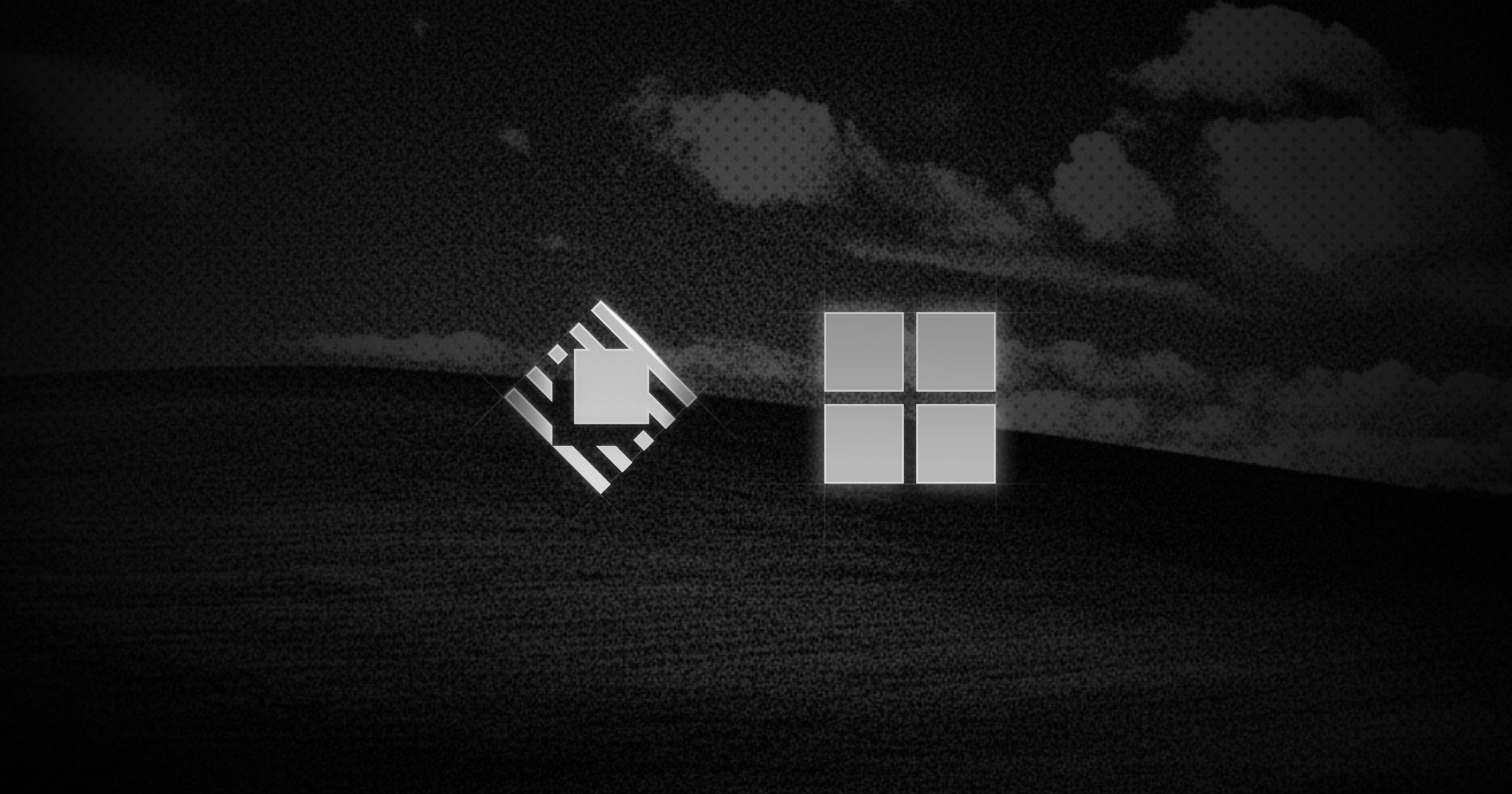Disclaimer: These are my personal views and experiences and do not represent the views of Anthropic. This blog post was written together with Claude.
The Problem: Aspiration vs. Reality in Note-Taking
I’ve been using Obsidian for my personal knowledge base for the past three years. During this time, I’ve built a comprehensive vault containing journals, book reviews, movie reviews, restaurant notes, meeting summaries, and records of interactions with interesting people. Obsidian appeals to me for the same reasons VS Code does for programming—it’s fast, extensible, and stores everything as plain markdown files in the filesystem. It’s a tool that gets out of your way and lets you think.
But there’s always been a gap between my aspirations and reality. Here are things I want to do with Obsidian but never have the time or energy for:
- Comprehensive backlinking: I want to link entities (people, places, concepts) everywhere they appear, but I’m too lazy to remember all the entity names and type [[entity]] consistently.
- Diligent reviews: I aspire to write reviews for every book and movie I consume and document every meaningful interaction with people, but often don’t get around to it.
- Decision frameworks: After reading Poor Charlie’s Almanack, I wanted to adopt Munger’s mental models checklist for important decisions. The problem is that it’s time-consuming and requires discipline to apply rigorously.
- Investment retrospectives: I try to write investment theses for stocks I trade and want to do retrospectives to evaluate my reasoning and learn from outcomes, but rarely follow through.
The pattern is clear: these are all valuable practices that require grunt work, consistency, and discipline—qualities that are easy to aspire to but hard to maintain.
Why Claude Code + Obsidian Works
At work, I’ve been using Claude Code extensively. In March this year, Dario predicted that AI will write 90% of code in 6 months, and recently he confirmed on 60 Minutes that AI does write 90% of code at Anthropic. This is certainly true for me. Claude Code excels at:
- Understanding codebases with complex and large amounts of code
- Understanding user requests and making changes to achieve them
- Agentically editing and testing changes to ensure they work
Two weeks ago, something clicked: why not use Claude Code with my Obsidian vault?
At first glance, this seems like an odd pairing. Obsidian is for note-taking, not coding. But the more I thought about it, the more it made sense:
- Structure similarity: An Obsidian vault is essentially a codebase of markdown files. The files are stored in the filesystem and accessible to other applications, including Claude Code. Claude is already excellent at navigating file structures and making surgical edits.
- AI’s strengths align with my gaps: The tasks I avoid in Obsidian—organization, consistency, following procedures, grunt work—are exactly what AI excels at. AI doesn’t get tired or bored and doesn’t care about repetitive labor (given sufficient tokens).
- Natural language interface: Instead of learning complex Obsidian plugins or writing scripts myself, I can simply tell Claude what I want in natural language.
I was initially concerned that Claude Code’s system prompt might be too code-oriented, making it awkward for note-taking tasks. To my pleasant surprise, it works remarkably well. Claude understands the context of personal knowledge management and adapts its behavior accordingly.
How I Use Claude Code with Obsidian
Here are some concrete examples of how Claude Code has transformed my Obsidian workflow:
Automated Backlinking
I can ask Claude to “read my journal entry from today and add backlinks to all people, places, and books mentioned.” Claude searches my vault for existing entity notes, creates new ones if needed, and adds proper wiki-links throughout the document. What would take me 10-15 minutes of tedious work happens in seconds.
Formatting Rough Notes
When I finish a book, I do a quick brain dump—bullet points of thoughts, quotes, reactions—without caring about structure or formatting at all. Then I ask Claude to “convert these rough notes into a properly formatted review with sections.” Claude takes my stream-of-consciousness bullets and organizes them into a coherent note with appropriate headings, properly formatted quotes, and logical flow.
Applying Mental Models
Before making a significant decision, I can ask Claude to “help me apply Munger’s mental models checklist to evaluate [decision].” Claude walks me through each mental model systematically, asking clarifying questions and documenting the reasoning.
Investment Post-Mortems
When a stock position closes, I ask Claude to “create a retrospective comparing my initial thesis to what actually happened, and extract lessons learned.” Claude retrieves my original investment note, compares it with current information (using web search if needed), and drafts a thoughtful analysis.
The Transformation
The impact on my note-taking practice has been dramatic. Tasks that felt like chores now feel effortless. More importantly, I find myself using Obsidian more frequently because Claude Code removes the friction. Capturing a quick thought doesn’t mean committing to 10 minutes of organization work later—I can just ask Claude to “file this appropriately and add necessary links.”
The experience went from something I knew I should do to something I genuinely look forward to. It’s similar to how Claude Code has made programming more enjoyable by handling the tedious parts, letting you focus on the creative and strategic thinking.
Give it a try. You might find, as I did, that this combination transforms how you think about personal knowledge management.
.png)




